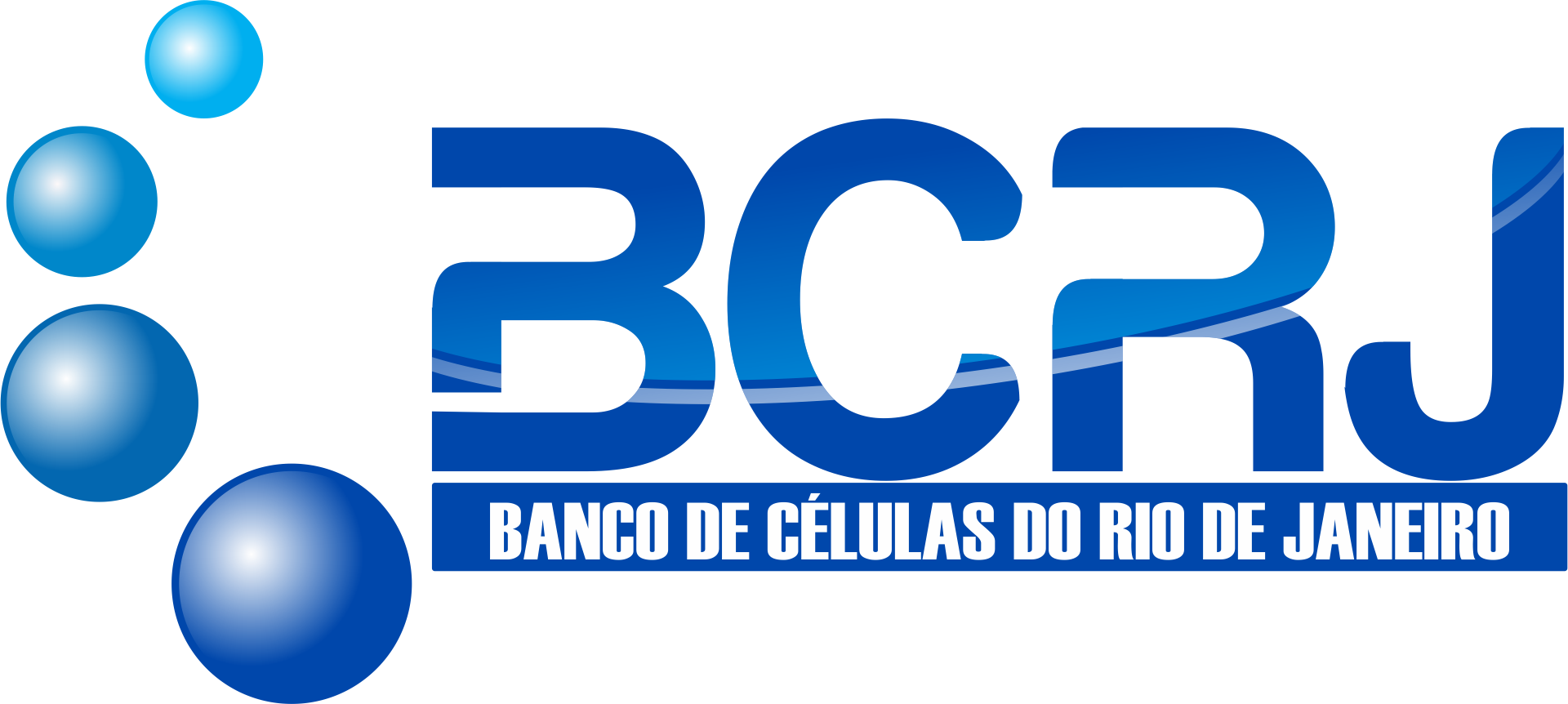| BCRJ Code | 0254 |
| Cell Line | Y-1 |
| Species | Mus musculus |
| Vulgar Name | Mouse |
| Tissue | Adrenal Gland; Tumor/Cortex |
| Morphology | Epithelial |
| Growth Properties | Adherent |
| Sex | Male |
| Applications | This cell line is useful for the detection of LT toxin (American Public Health Association. Compendium of methods for the microbiological examination of foods. 3rd ed.Washington, DC: American Public Health Association; 1992.), cholera toxin (U.S. Food & Drug AdministrationDetection of cholera enterotoxin (CT) and cytotoxinIn: U.S. Food & Drug AdministrationBacteriological analytical manual8th ed.Gaithersburg, MDAOAC Internationalpp. 9.12-9.15, 1995), and verotoxin. |
| Virus Succeptility: | HERPES SIMPLEX VIRUS; PSEUDORABIES VIRUS; VACCINIA VIRUS; HUMAN POLIOVIRUS 1; |
| Products | steroid hormones |
| Biosafety | 1 |
| Addtional Info | Steroid secretion is stimulated by ACTH. |
| Culture Medium | F-12K Medium (Kaighn's Modification of Ham's F-12 Medium) contains 2 mM L-glutamine with 2.5% of fetal bovine serum and 15% of horse serum. |
| Subculturing | Volumes used in this protocol are for 75 cm2 flask; proportionally reduce or increase amount of dissociation medium for culture vessels of other sizes. Remove and discard culture medium. Briefly rinse the cell layer with PBS without calcium and magnesium to remove all traces of serum that contains trypsin inhibitor. Add 2.0 to 3.0 mL of Trypsin-EDTA solution to flask and observe cells under an inverted microscope until cell layer is dispersed (usually within 5 to 15 minutes). Note: To avoid clumping do not agitate the cells by hitting or shaking the flask while waiting for the cells to detach. Cells that are difficult to detach may be placed at 37°C to facilitate dispersal. Add 6.0 to 8.0 mL of complete growth medium and aspirate cells by gently pipetting. Add appropriate aliquots of the cell suspension to new culture vessels. Incubate cultures at 37°C. NOTE: For more information on enzymatic dissociation and subculturing of cell lines consult Chapter 12 in Culture of Animal Cells, a manual of Basic Technique by R. Ian Freshney, 6th edition, published by Alan R. Liss, N.Y., 2010. |
| Subculturing Medium Renewal | At least 2 times per week (or else hormone production will decrease) |
| Subculturing Subcultivation Ratio | 1:2 to 1:6 |
| Culture Conditions | Atmosphere: air, 95%; carbon dioxide (CO2), 5% Temperature: 37°C |
| Cryopreservation | 95% FBS + 5% DMSO (Dimethyl sulfoxide) |
| Thawing Frozen Cells | SAFETY PRECAUTION:
It is strongly recommended to always wear protective gloves, clothing, and a full-face mask when handling frozen vials. Some vials may leak when submerged in liquid nitrogen, allowing nitrogen to slowly enter the vial. Upon thawing, the conversion of liquid nitrogen back to its gas phase may cause the vial to explode or eject its cap with significant force, creating flying debris.
NOTE: It is important to avoid excessive alkalinity of the medium during cell recovery. To minimize this risk, it is recommended to place the culture vessel containing the growth medium in the incubator for at least 15 minutes before adding the vial contents. This allows the medium to stabilize at its normal pH (7.0 to 7.6). |
| References | 1216: Yasumura Y, et al. Clonal analysis of differentiated function in animal cell cultures. I. Possible correlated maintenance of differentiated function and the diploid karyotype. Cancer Res. 26: 529-535, 1966. PubMed: 5930699 21447: American Public Hea |
| Depositors | Alain Zweibaum, INSERM, France; through Dr. Joao R. C. Andrade - Universidade do Estado do Rio de Janeiro |
| Cellosaurus | CVCL_0585 |



